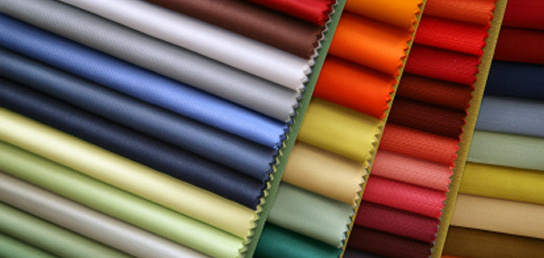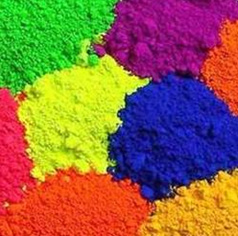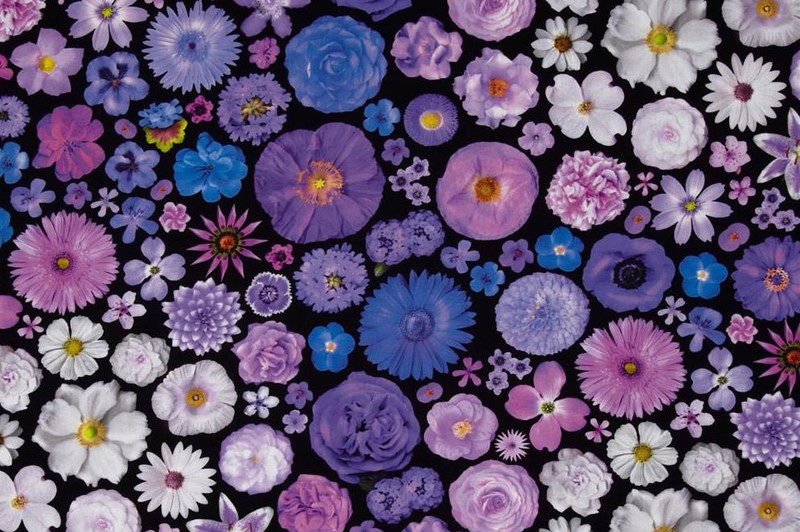Before discussing the classification of dyes lets have some idea of dyes and what can be the basic characteristics of dyes.
What is Dyes
A dye is such type of colorant substance which is capable of imparting it’s color to a given substance, by being soluble in the application medium (usually water) at some points during the coloration process.
In the most textile dyeing process, the process initially involves the transfer of the colored chemical from the aqueous solution onto the fiber surface which called adsorption process. From there the dye slowly diffuses into the fiber. Depending on the internal structure of the fiber, this occurs down pores, or between fiber polymer molecules. The overall process of adsorption and penetration of the dye into the fiber is called absorption. Absorption is a reversible process. The dye can, therefore, return to the aqueous medium from the dyed material during washing which is called desorption.
Major Characteristics of Dyes
- Intense color.
- Solubility in water at some point during the dyeing cycle.
- Some substantivity for the fiber being dyed.
- Reasonable fastness properties of the dyeing produced.

Classification of Dyes (according to textile usage)
- Acid Dyes
- Azoic dyes
- Basic Dyes
- Direct Dyes
- Disperse Dyes
- Mordant dyes
- Pigments
- Reactive Dyes
- Sulpher dyes
- Vat dyes



hello,I need some proffecional help with dyeing(at home) of swim suits, with a bit of spandex combined in fabric.and how to make sure the dye is fixed during use while swimming in pool r sea. thanks, Talli